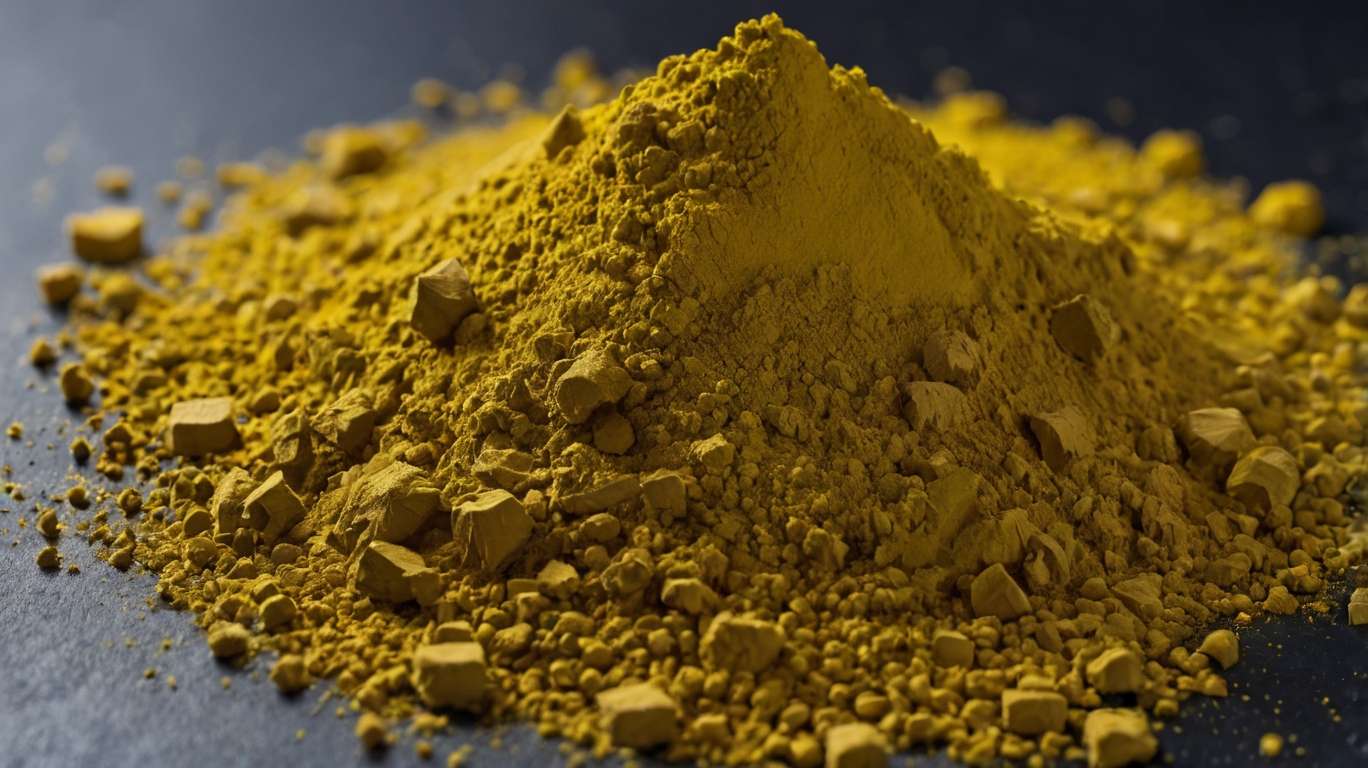The Role of Samarium Oxide in the Ceramics Industry
The ceramic industry has evolved a lot and is far different from the days of traditional ceramic making. The materials used in making tiles have also changed, resulting in much more durable and versatile tiles. One of the innovative materials that has transformed ceramics for the better is samarium oxide. This is a rare earth oxide that is crucial in specialized ceramic manufacture. In this blog, we will explore in detail the versatile role of samarium oxide in terms of its properties and applications and how it has enhanced the functionality of ceramics.
Properties of Samarium Oxide
This rare earth oxide is known for its exceptional thermal stability and unique properties. Its physical and chemical properties include
· Thermal Stability: Samarium oxide remains stable when subjected to high temperatures, which is great for ceramics that have to withstand an extreme heat environment.
· Magnetic Properties: This oxide has a high degree of magnetism, which makes it well-suited for creating magnetic ceramics.
· Dielectric Nature: Samarium oxide has a high dielectric constant, which makes it great for producing electronic ceramics.
· Optical Transparency: This rare earth oxide also has optical transparency for certain wavelengths.
With its combination of properties, samarium oxide is a useful material for specialized applications in the ceramic industry.
Samarium oxide is a rare earth compound characterized by remarkable thermal stability, optical properties, and electronic capabilities. Its physical and chemical properties make it indispensable in many industrial applications.
Applications of Samarium Oxide in Ceramics
1. High-Temperature Ceramics
A vital use of samarium oxide in ceramics is in the manufacture of thermally resistant ceramics. Its thermal stability and resistance to thermal shock also make it an additive in kilns and furnaces. When it is mixed in ceramic formulas, the oxide gives the resulting ceramic the capability to tolerate extreme temperature fluctuations without cracking.
2. Electronic Ceramics
Numerous ceramic components, such as capacitors, insulators, and substrates, are used in the electronics industry. Samarium oxide dielectric properties are immensely useful in this sector. The high dielectric constant coupled with low dielectric loss greatly enhances the performance of multilayer ceramic capacitors (MLCCs), which are crucial components in circuit boards of smartphones, computers, and automobile technology.
Another important use of samarium oxide is in ceramic semiconductors, which are a core component of sensors, actuators, and transducers. The property of this oxide, which enhances electrical insulation and stability in various conditions, contributes to the reliability of electronic gadgets.
3. Magnetic Ceramics
This rare earth oxide is a vital ingredient in the manufacture of high-performance magnets like samarium cobalt magnets. Such magnets are different from ordinary magnets as they have a high magnetic property that is quite resistant to demagnetization. Moreover, these magnets stay functional in extreme environments. Magnetic ceramics have diverse applications in multiple sectors like aerospace and medical imaging, where powerful and stable magnetism is vital to accomplishing tasks.
4. Optical Ceramics
Optical clarity is an essential feature of materials used in optical applications, and samarium oxide is the preferred material for enhancing their transparency. It is widely utilized in lasers, lenses, and specialized coatings in high-energy optical technologies. Samarium oxide possesses light absorption capabilities, and the fluorescent capabilities of samarium oxide are used to create luminescent ceramics in display applications.
5. Catalytic Application in Ceramic Matrices
Catalytic converters are vital components that are increasingly being used to reduce environmental pollution. Samarium oxide’s catalytic properties make it a significant additive in convertors and other chemical processing applications. Samarium oxide is an active catalyst that speeds up the reaction without degrading itself.
Advantages of Using Samarium Oxide in Ceramics
· Enhanced Performance: Adding this rare earth oxide can significantly improve ceramics' thermal and electronic functionality.
· Multi-functional: This oxide's diverse range of properties makes it highly adaptable to many applications, from electronics to optics.
· Durability: Ceramics infused with samarium oxide become more wear-resistant and thermally resistant.
Challenges and Limitations
Samarium oxide has many benefits, but it also has its downsides:
· Cost: Perhaps the greatest barrier to its widespread industry adoption is that it is expensive. As a rare earth element, it cannot be utilized in cheap applications.
· Availability: Economic and political factors can disrupt the supply of samarium and other rare earth elements.
· Difficult to Process: Samarium oxide needs to be processed adequately to be used in ceramics, and the procedure for accomplishing uniform dispersion is complicated.
Addressing these challenges involves investing in sustainable rare earth mining practices, recycling initiatives, and research into cost-effective processing methods.
Future Prospects
The demand for this rare earth oxide will only increase in the coming years as its usefulness in advanced sectors like nanotechnology and material sciences will likely unlock new opportunities to utilize this oxide more in new and innovative applications like:
· Nanoceramics: including samarium oxide in nanocircuits could lead to the development of ceramics that have never before seen flexibility and strength.
· Sustainable Ceramics: It is expected that samarium oxide will be helpful in the creation of eco-friendly ceramics.
Conclusion
Samarium oxide has gained importance in the ceramics industry as it catalyzes improvement in heat and electrically, magnetically, and optically resistant ceramics. These properties make it valuable in its applications, and while its issues include cost and availability, they cannot be denied. Given the foregoing analysis, it can be seen that with the evolution of technological needs, the application of samarium oxide will expand, thus becoming the key materials that determine the direction of development of ceramics.
Thus, the ceramics industry can supply the optimum use possibilities of samarium oxide through further research and development, which will, in turn, establish this oxide as one of the crucial nano-additives in the context of contemporary ceramic science.



.png)

